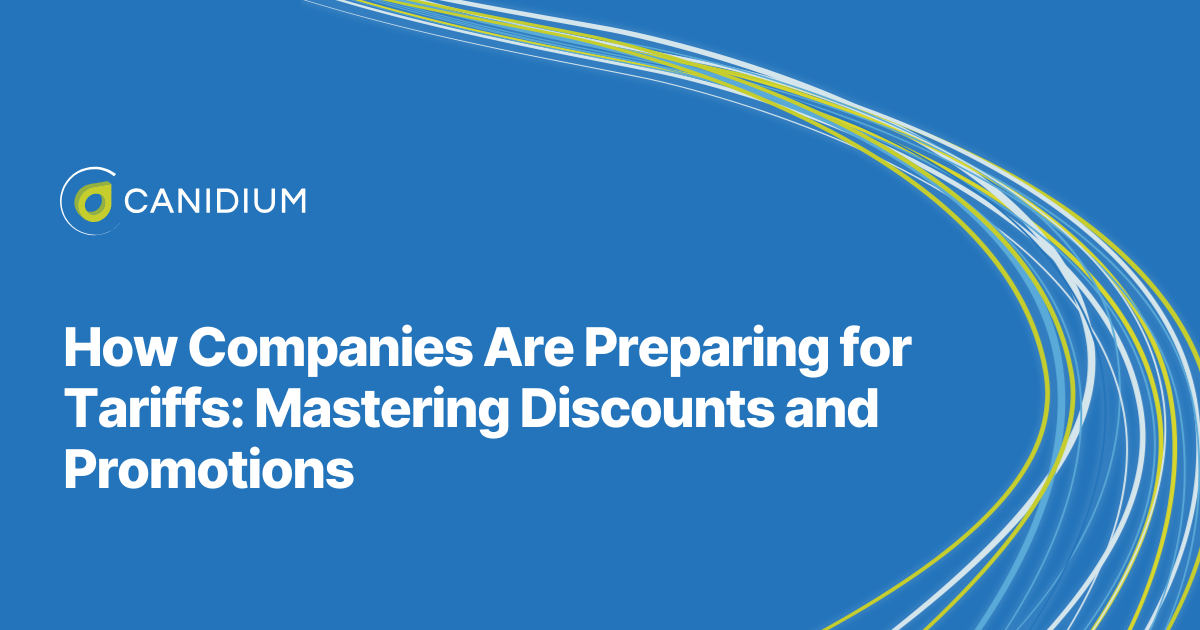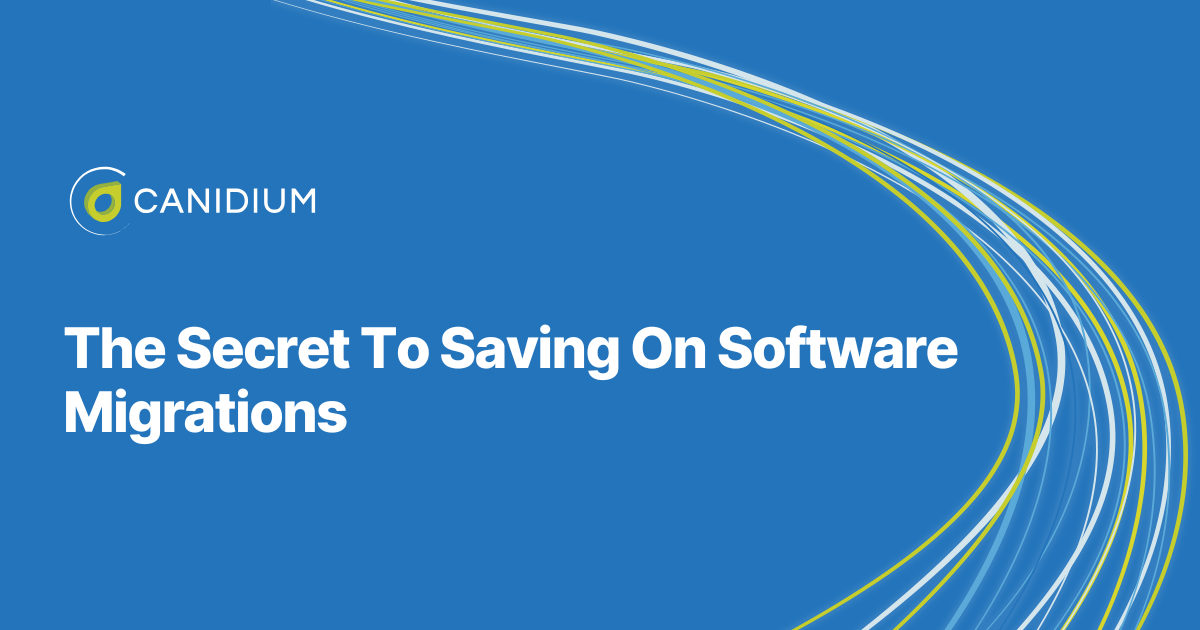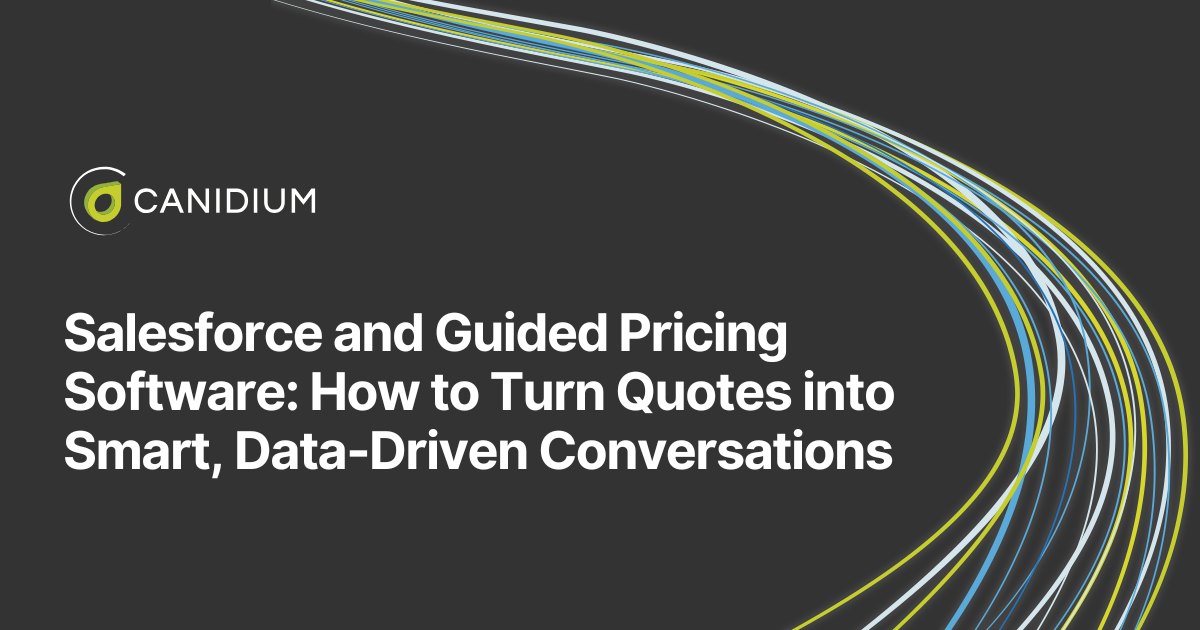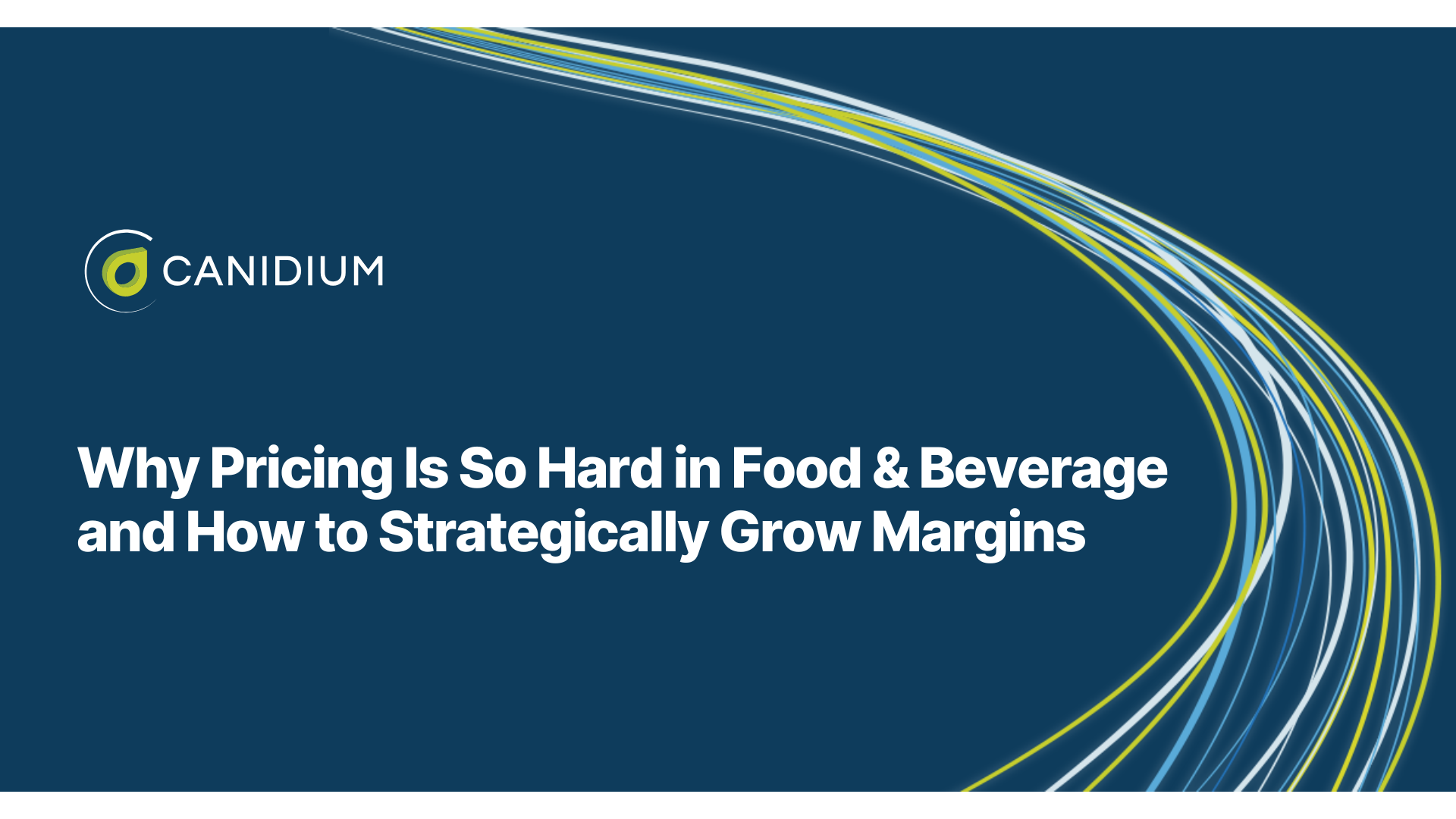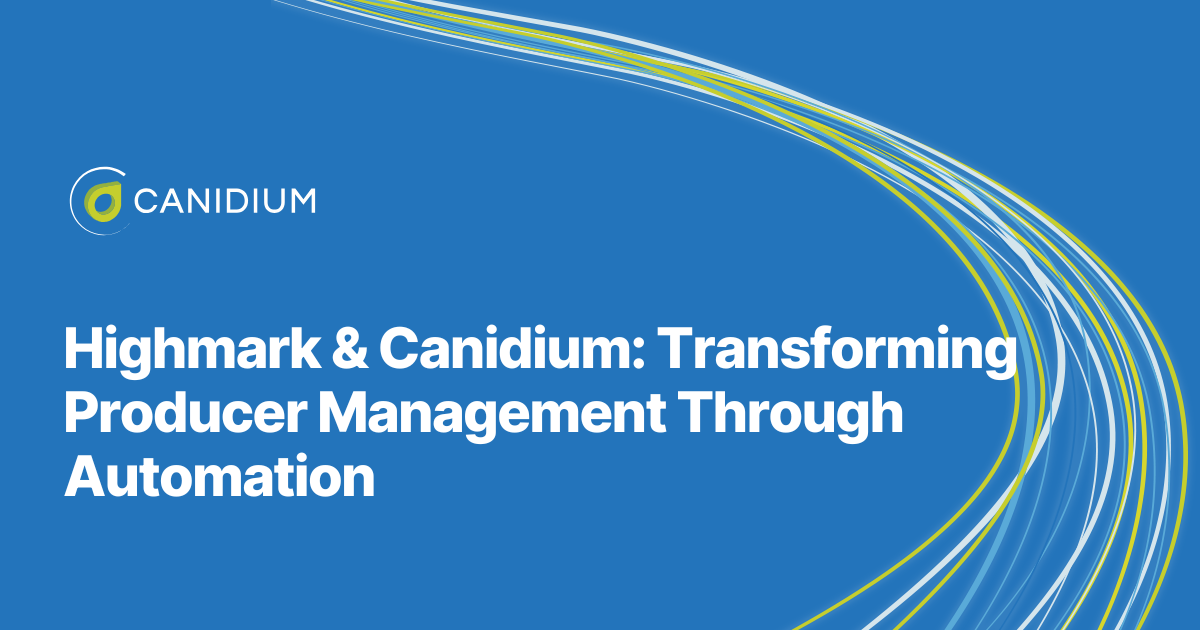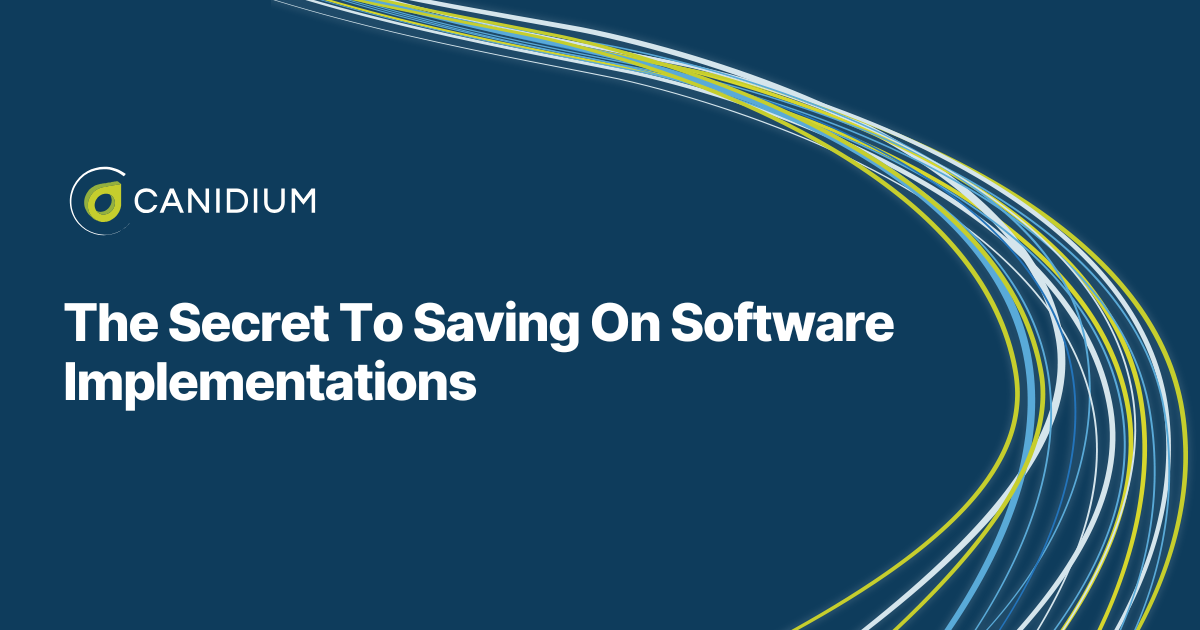Shifting tariff policy used to be an occasional headache. Today, it's an ever-present concern in the minds of pricing professionals across industries. The numerous different tariff scenarios presented over the past few months—retaliatory tariffs, tariff increases followed by tariff rate decreases, tariff threats, counter tariffs—establishes a new reality, one in which tariffs have become a strategic variable that companies must actively manage rather than passively endure.
Pricing departments see firsthand how even a hint of tariff uncertainty can spark a scramble across procurement, operations, and sales teams. But the most successful companies aren't just reacting—they're preparing for tariff hikes. And one of the most powerful, proactive tools at our disposal is the thoughtful design and execution of discounts and promotions.
In this article, I'll walk through how leading organizations are responding to tariff pressures and trade tensions with foreign companies, why discounting has become a critical lever for successful price adjustments, and what pricing leaders can do to help their companies stay profitable, competitive, and agile when trade deals are significantly impacting your supply chain.
Tariffs: The Uninvited Guest at the Pricing Table
Let's start with the obvious: tariffs are unpredictable, especially with current fluctuations in trade policy. They can materialize quickly, target specific countries or products (such as the notable tariff plan impacts on Chinese imports), and vary widely in percentage. Their potential impact cascades through your cost structure—sometimes slowly, sometimes like a lightning bolt.
What happens when your cost of goods sold spikes by 10% overnight? Do you pass that along to customers as a price increase? Absorb it and hurt margins? Or worse—do you leave your frontline teams unprepared for rapidly shifting tariff rates and watch deals slip away?
This uncertainty requires more than a one-time pricing adjustment. It demands a flexible, scenario-based pricing infrastructure that can handle shifting tariff costs. There are several pricing strategies you can turn to ease the backlash from an increase in prices without sliming down your margins, the most straightforward of which is discounts and promotions, the shock absorbers that help companies ride out the impact of tariffs.
Why Discounts and Promotions Are Crucial in a Tariff Era
Some might think discounting is just sales' domain—a blunt tool to close more deals. But in today's volatile landscape, promotions and discounting are strategic pricing levers to overcome the cost of tariffs without bleeding customers. They can be used to:
1. Manage Customer Expectations During Cost Fluctuations
Sudden cost increases, even when tariffs on imports are widely covered in the news, can create friction with customers. Promotions allow you to soften the blow of price increases by offering limited-time incentives or loyalty-based discounts that preserve trust while transitioning to new pricing realities.
2. Move Inventory Ahead of Tariff Implementation
Many of us have seen the infamous "tariff deadline effect." When a new tariff plan is announced, there's a rush to move products before the effective date. Smart companies leverage flash discounts, volume promotions, or bundled offers to accelerate demand in advance of price hikes.
3. Compete Selectively Without Undermining Margin
In tariff-impacted categories, competitors may absorb some costs or get exemptions. If you're not among the lucky few, targeted promotions let you compete where it matters on key products, accounts, or regions while keeping broader pricing integrity intact during supply chain disruptions.
4. Maintain Revenue While Protecting Brand Positioning
Blanket discounts can erode brand value. By contrast, well-structured promotions, especially those with clear expiration dates and tied to specific behaviors, allow you to protect your value perception while still addressing short-term challenges like the impact of tariffs.
From Reactive to Proactive: Building a Tariff-Ready Promotion Strategy
If you're waiting until the latest tariff plan hits to build your promotional strategy, it's already too late. Here's how we've approached building a more agile promotional response, one that integrates pricing, sales, finance, and marketing around a shared objective.
Step 1: Map Tariff Exposure at the SKU Level
Start with data. Which products are impacted by market volatility? What's the country of origin, and how much of your cost base is exposed? For example, try working with procurement to build a tariff heatmap, showing risk exposure by product family, segment, and geography.
This mapping informs which products may require promotion to help customers overcome price sensitivity. It also helps prioritize which pricing strategies will be most effective, from pass-through pricing to promotional insulation.
Step 2: Build a Discounting Playbook with Guardrails
Many companies lack a unified approach to discounting. Sales teams negotiate ad hoc, while pricing teams enforce rigid floors. Unfortunately, in many cases, that's not agile; it's chaotic. Try creating a tiered discounting playbook with clear thresholds based on margin impact, customer tier, and strategic priority.
For example:
- Tier 1: Automated 5–10% discounts for repeat customers or pre-tariff bulk orders.
- Tier 2: Manager-approved 10–20% promotions tied to specific SKUs.
- Tier 3: Executive-level escalations for anything exceeding a defined contribution margin threshold.
This gives sales the freedom to act on an increase in tariffs without putting the business at risk.
Step 3: Align Promotions with Sales and Inventory Planning
Promotions shouldn't just be pricing's problem. Sales operations and demand planning can also help identify opportune windows for promotion, times when demand elasticity is high, and excess product level inventory aligns with tariff exposure.
At the same time, schedule pre-tariff promotional events, such as "Buy Before the Tariff" bundles, end-of-quarter limited-time offers, and regional promotions tied to the port of entry constraints to help mitigate the upcoming extra costs.
Step 4: Leverage Pricing Technology for Real-Time Insights
One of the most important enablers of success during tariff uncertainty is pricing software. Solutions like Pricefx and Revenue AI give pricing departments the tools they need to successfully counter tariff costs and gain real-time visibility into:
- Net margin impact by customer and product.
- Discount effectiveness over time.
- What-if simulations for additional tariffs or cost structures.
Instead of guesswork, you can, for example, model how a 15% import duty on a key component will affect your margin and how a promotion might offset that erosion across top accounts.
This kind of visibility lets you test and learn rather than hope and react.
What Success Looks Like: A Real-World Scenario
Let's say tariffs on steel components increase from 5% to 15%, effective next quarter. Here's how you might consider responding:
- Product Analysis: Identify affected SKUs (e.g., industrial tools and machine parts) accounting for 18% of quarterly revenue.
- Promotion Design: Craft a targeted pre-tariff promotion, offering 12% off bulk orders placed before the tariff takes effect.
- Sales Enablement: Reps are given scripts and margin guardrails. CRM is updated to prioritize customers with pending deals on affected SKUs.
- Marketing Activation: A co-branded campaign goes out to customers: "Lock in Today's Prices Before July 1."
- Performance Tracking: As orders come in, monitor ROI in the pricing dashboard and adjust promotion levers if needed.
The target result? Move 30% more volume in the category, retain price credibility, and mitigate tariff-related disruption, all without panic or heavy losses.
Lessons Learned from the Frontlines
From working with multiple stakeholders and adapting promotions to fit the tariff narrative, here are some practical lessons pricing leaders should keep in mind:
1. Tariffs Are a Communication Challenge as Much as a Pricing One
Customers may understand tariffs in theory, but they need help connecting the dots to pricing. Promotions can act as transitional messaging tools, helping you communicate changes with empathy and clarity. Basically, they're a show of goodwill towards your customers.
2. Don't Let Promotions Become a Crutch
In times of uncertainty, promotions can easily become a default response. Guardrails matter. Promotions should have a start, end, and purpose. Otherwise, they undermine your long-term pricing power.
3. Involve Legal and Compliance Teams Early
In tariff situations, especially those involving trade restrictions, it's essential to loop in legal to ensure promotions comply with local and international regulations. Avoid shortcuts. Stay above board.
4. Measure Promotion Effectiveness Rigorously
It's easy to get addicted to top-line growth. But if you're not measuring incremental margin, customer acquisition cost, and promotion redemption rates, you might be giving away more than you gain.
Looking Ahead: From Retaliatory Tariff Resilience to Commercial Agility
The real payoff of mastering discounts and promotions during tariff swings is not just resilience; it's commercial agility.
You need systems and cross-functional teams in place to respond faster, smarter, and with confidence. And this isn't just useful during a trade war. It's a competitive advantage when:
- Costs fluctuate due to currency shifts or supplier consolidation.
- Product launches need demand acceleration.
- Seasonal inventory must be cleared without eroding the brand.
In short, the goal is not just to respond to tariffs but to become more agile commercial organizations, and that starts with pricing.
How to Start Preparing for Tariffs Now
Tariffs are a real and growing part of our commercial landscape. But they don't have to derail your pricing strategy. With the right approach, you can turn uncertainty into opportunity, using discounts and promotions as precision tools rather than blunt instruments.
As a pricing professional, you're uniquely positioned to guide organizations through tariff uncertainty with data, discipline, and strategic creativity.
If you're just getting started, I'd encourage you to:
- Audit your current promotional processes.
- Build scenario models for key tariff risks.
- Align with sales and marketing on shared goals.
- Consider pricing technology that gives you speed and control.
Because when the next tariff hits, you don’t want to panic. It's about preparation. And promotions are one of your best tools to do just that.


